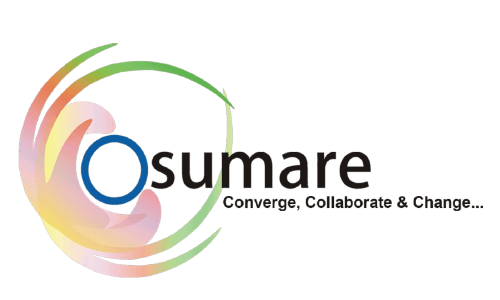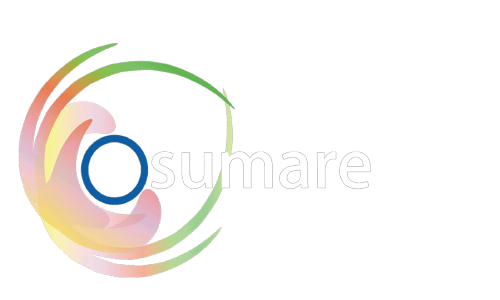In the competitive world of Software as a Service (SaaS), building brand awareness is crucial for attracting and retaining customers. Search Engine Optimization (SEO) plays a vital role in enhancing brand visibility, driving organic traffic, and establishing authority in the market. Here’s how SEO can help build brand awareness for your SaaS company and the strategies you can implement to achieve this goal.
1. Understanding Your Target Audience
Effective SEO starts with a deep understanding of your target audience. Identify the specific needs, pain points, and search behaviors of your potential customers. Use tools like Google Analytics, SEMrush, and Ahrefs to gather insights into the keywords and phrases your audience is using. By aligning your content with their search intent, you can attract more relevant traffic to your website.

2. Optimizing for Relevant Keywords

Keyword optimization is fundamental to any SEO strategy. Focus on long-tail keywords that are specific to your SaaS product and industry. These keywords often have lower competition and higher conversion rates. For example, instead of targeting a broad term like “project management software,” opt for more specific phrases like “best project management software for small businesses.” Incorporate these keywords naturally into your website content, including blog posts, landing pages, and meta descriptions.
3. Creating High-Quality Content
Content is the cornerstone of SEO and brand awareness. Develop a content strategy that addresses the needs and interests of your target audience. This could include blog posts, case studies, whitepapers, and webinars. Focus on creating informative, engaging, and valuable content that positions your SaaS company as an industry leader. Use a mix of formats to cater to different audience preferences and optimize each piece of content for relevant keywords.

4. Building a Strong Backlink Profile
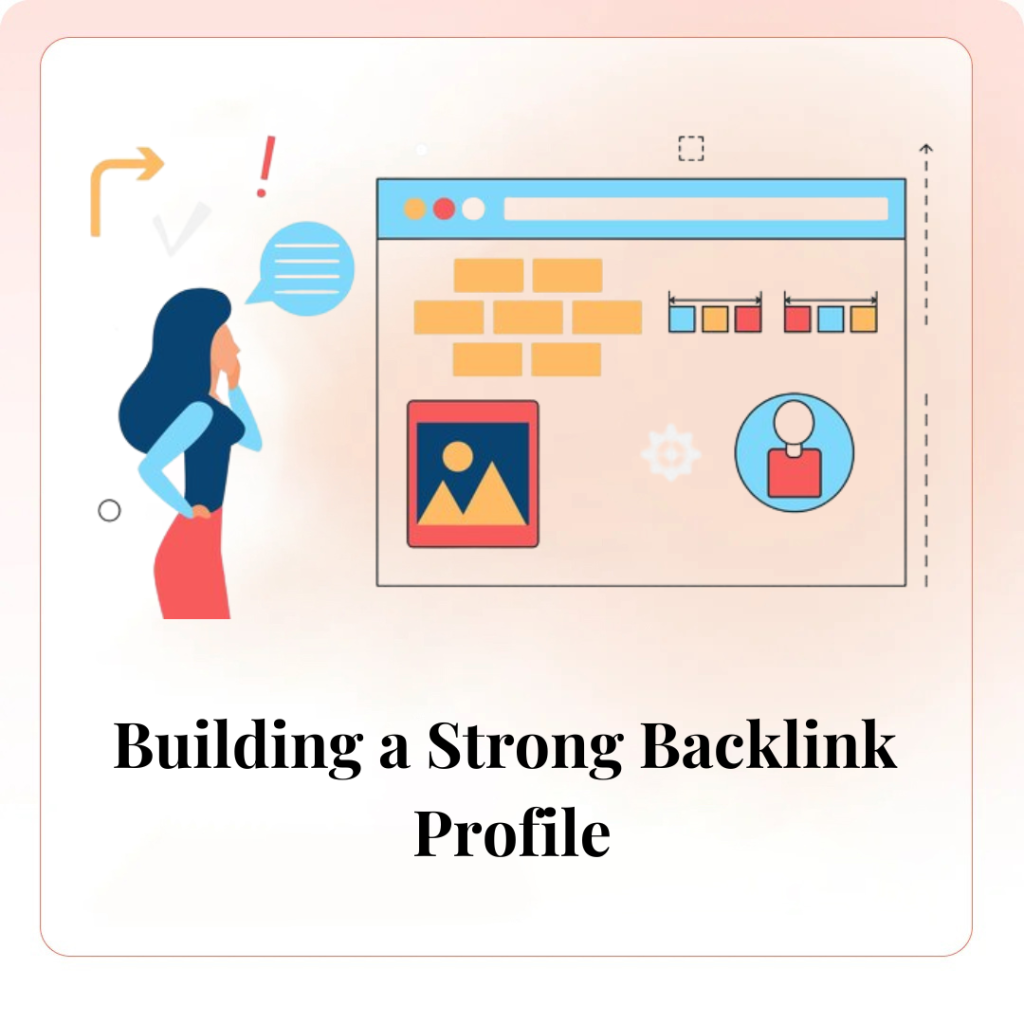
Backlinks from reputable websites are a significant factor in SEO success. They not only drive referral traffic but also signal to search engines that your website is trustworthy and authoritative. Develop a link-building strategy that includes guest blogging, partnerships with industry influencers, and creating shareable content. Ensure that the backlinks you acquire are from high-quality, relevant websites to maximize their impact on your SEO efforts.
5. Optimizing On-Page SEO
On-page SEO involves optimizing individual pages on your website to improve their search engine rankings. Key elements include:
- Title Tags and Meta Descriptions: Write compelling and keyword-rich titles and meta descriptions that encourage clicks from search results.
- Header Tags: Use header tags (H1, H2, H3) to structure your content and highlight important sections.
- Image Optimization: Optimize images with descriptive file names, alt text, and appropriate sizes to enhance page load speed.
- Internal Linking: Use internal links to guide visitors to relevant content on your site, keeping them engaged and improving your SEO.
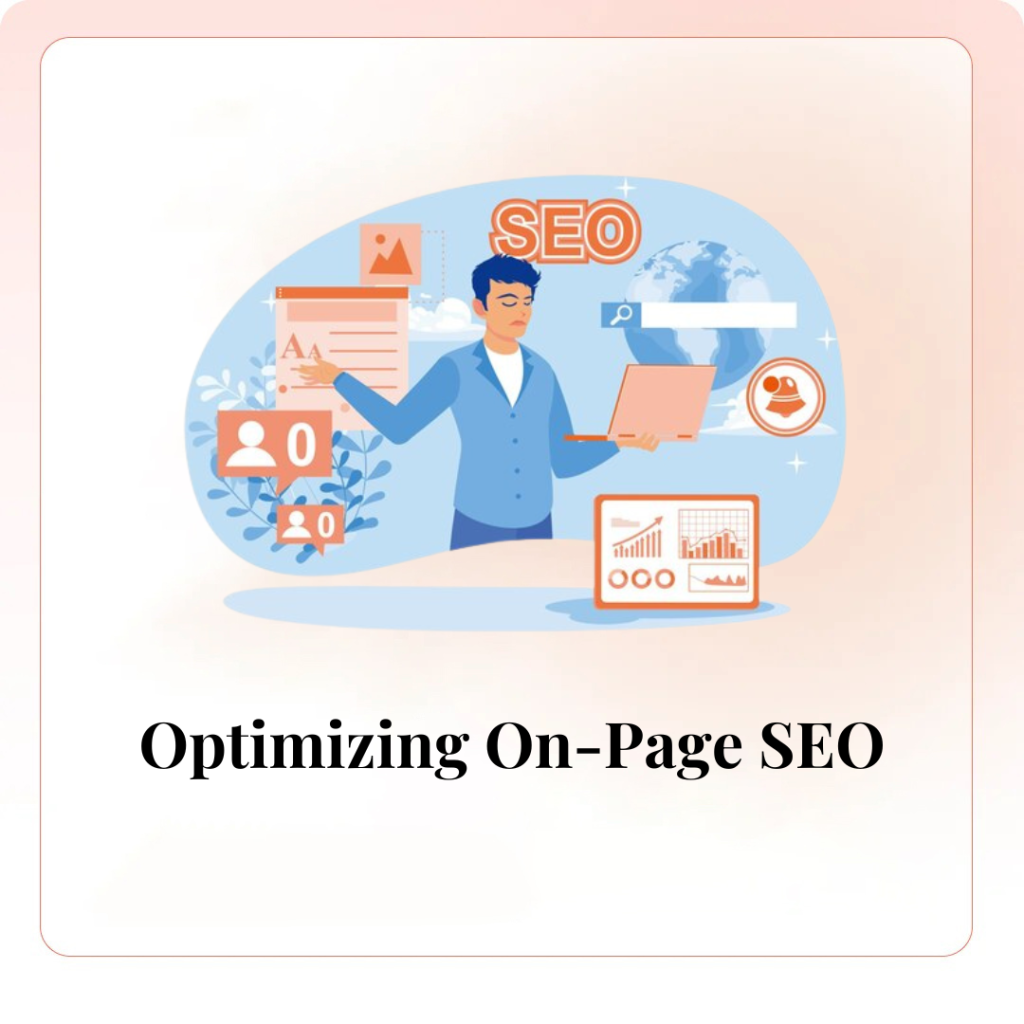
6. Enhancing User Experience (UX)

A positive user experience is essential for SEO and brand awareness. Ensure your website is mobile-friendly, fast-loading, and easy to navigate. Use clear and concise calls-to-action (CTAs) to guide visitors through your site. A well-designed website not only keeps visitors engaged but also signals to search engines that your site provides value, improving your rankings.
7. Leveraging Social Media
Social media can amplify your SEO efforts and build brand awareness. Share your content on platforms like LinkedIn, Twitter, and Facebook to reach a broader audience. Engage with your followers, participate in industry discussions, and encourage social sharing. While social media signals do not directly impact SEO rankings, they can drive traffic to your website and increase the visibility of your content.

8. Monitoring and Analyzing Performance
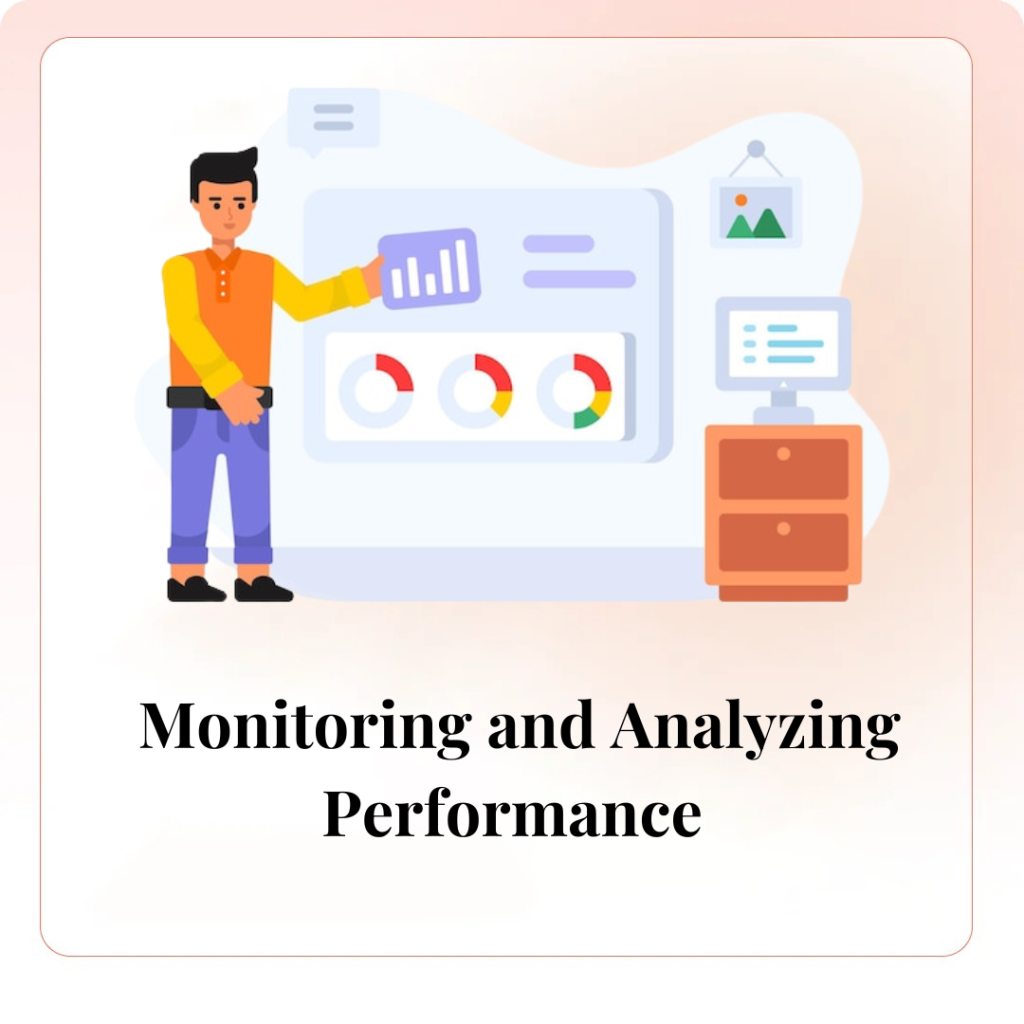
Regularly monitor and analyze your SEO performance to identify what’s working and what needs improvement. Use tools like Google Analytics, Google Search Console, and Moz to track key metrics such as organic traffic, bounce rates, and keyword rankings. Use these insights to refine your SEO strategy and ensure continuous improvement.
Conclusion
SEO is a powerful tool for building brand awareness in the SaaS industry. By understanding your target audience, optimizing for relevant keywords, creating high-quality content, building a strong backlink profile, optimizing on-page elements, enhancing user experience, leveraging social media, and continuously monitoring performance, you can significantly boost your brand’s visibility and attract more potential customers. Investing in a robust SEO strategy will not only drive organic traffic but also establish your SaaS company as a trusted and authoritative brand in the market.
